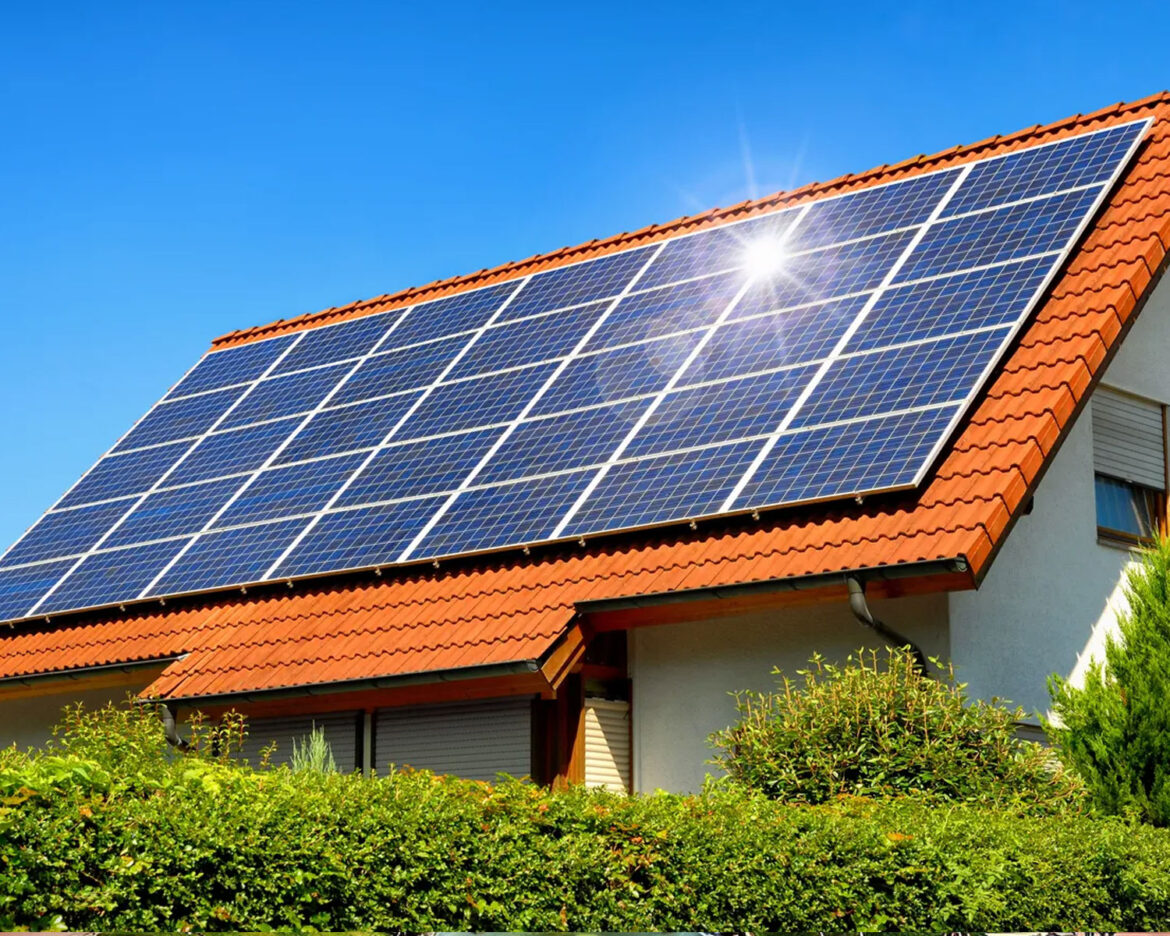Islamabad, August 28, 2024 – The recent surge in electricity prices in Pakistan is creating significant growth opportunities for solar photovoltaic (PV) companies, as more households seek sustainable and cost-effective alternatives to traditional power sources.
The average monthly electricity bill for Pakistani households has skyrocketed to USD 350 in 2024, up from USD 100 just a year ago. This dramatic increase follows a recent USD 7 billion loan from the IMF, which led to an 18% rise in residential electricity prices. With electricity costs continuing to climb and no relief in sight, the demand for solar PV installations has surged.
Muhammad, a contractor specializing in solar PV panel installations in Islamabad, revealed the impact of the price hikes on his business. “Our business has experienced rapid growth over the past two years. With about 90% of our customers now opting for solar energy due to high electricity costs, our workers are diligently working around the clock to meet the demand. We still have seven orders to complete,” he said.
Samiullah Tariq, head of research at Pakistan Kuwait Investment Co., highlighted the financial strain on residents. “Electricity bills are becoming a substantial burden for many households, surpassing their monthly rent, which ranges between USD 100 and USD 700. This has pushed more people towards solar energy as a viable solution.”
In addition to financial benefits, solar PV systems offer a more stable energy source, reducing reliance on a grid prone to frequent power outages during peak hours. The cost of installing a solar PV system averages around USD 3,500, which many see as a worthwhile investment compared to the unpredictable and rising cost of conventional electricity.
As the electricity price crisis deepens, solar PV companies are well-positioned to capitalize on this shift. The growing interest in solar energy not only presents a lucrative market opportunity but also supports Pakistan’s broader goals of energy independence and sustainability.



